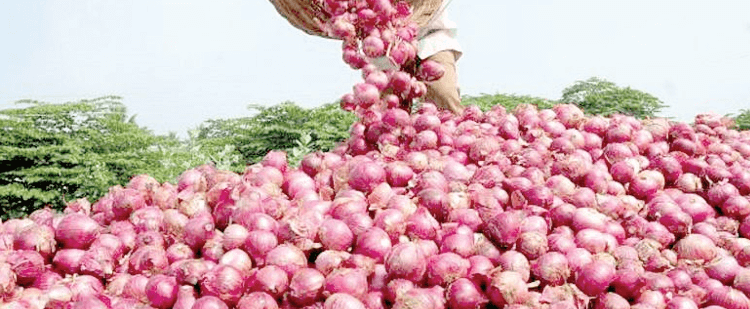Inflation dips to 5.7pc, consumer prices remain high

Kenyan economy has shown signs of stability, with the annual inflation rate dipping to 5.7 per cent in March 2024, a slight fall from February’s rate of 6.3 per cent, according to the latest data from Kenya National Bureau of Statistics (KNBS).
Despite these encouraging signs, the reality for consumers is somewhat less optimistic, with the cost of essential commodities continuing to rise.
The KNBS report paints a picture of fluctuating prices March, with significant increases in the food sector, particularly for onions, mangoes, and potatoes, which have seen rises of 11.1 per cent, 8.5 per cent, and 7.7 per cent respectively.
Oranges, cabbages, and tomatoes experienced modest hikes, all under 3 per cent, while meat with bones only increasing by 0.6 per cent. On the flip side, several items saw a decrease in prices. A kilogramme of Carrots dropped by 2.8 per cent while that of wheat flour (white) fell by 4.8 per cent.
The most significant decrease was observed in loose maize flour (1kg), which went down by 9.6 per cent, a relief for many households. The non-food sector also presents a mixed scenario, with slight increases in the cost of cooking gas and rent, but a welcome decrease in energy costs, including electricity and fuel prices.
Cooking gas (13kg) and monthly house rent for a single room saw slight increases of 1.4 per cent and 0.4 per cent respectively, energy costs showed a downward trend.
Electricity (200KW) and electricity (50KW) both decreased marginally by 0.3 per cent and 0.4 per cent. Fuel prices also dipped, with kerosene, diesel, and petrol dropping by 2.3 per cent per cent 2.6 per cent, and 3.5 per cent respectively.
The KNBS report serves as a crucial barometer for policymakers, who must balance the need for economic growth with the imperative to ensure affordability of basic necessities for the population.












